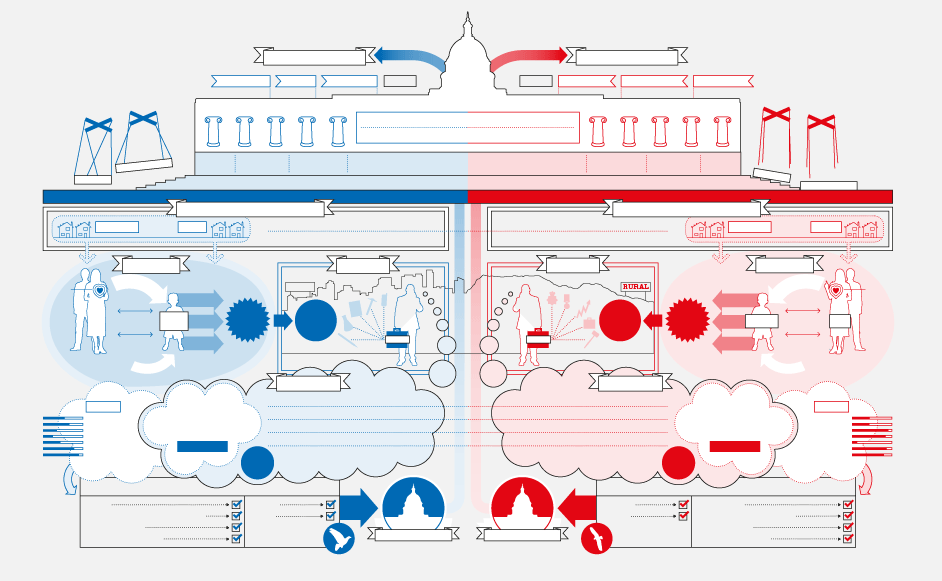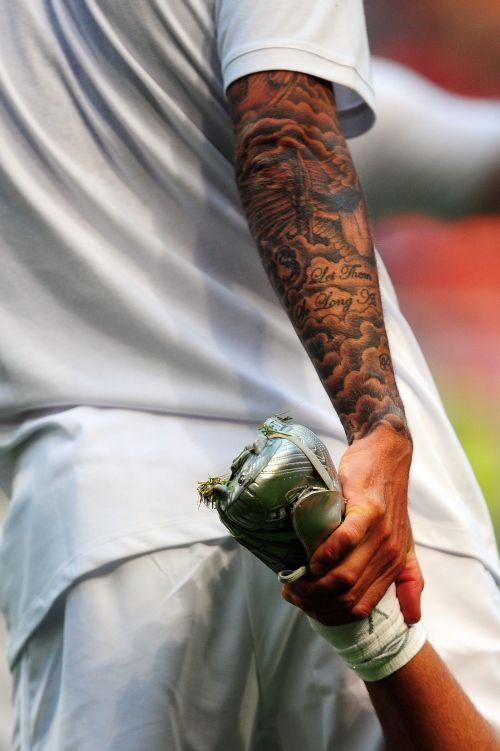

Right-wing violence can transit rapidly to a coup, which is perceived as a mere replacement of a weak regime by a more authoritarian one (the myth of the strong man like Mussolini or Franco).ĥ. Right-wing movements are adjunct and supportive of the regime and thus welcome at the onset. A revolutionary movement is overtly antagonistic and attracts immediate state repression. The monopoly of power rests with the state and assists in the survival of the regime as well as the prevailing hierarchy. Though utterly destructive of the personality, this approach does not necessitate eradication.
In certain cultural settings, violent ‘re-education’ or ‘brainwashing’ is employed (Mao, Pol Pot). In the post-revolutionary phase, one can observe a progressive process of implementation or degeneration with the character of far-right violence as the fear of losing power becomes central. Also, the emergent dialectical process is often slow and incoherent, as one would expect when formulating the utopia needs debate. In the pre-revolutionary first phase, social mediation is always an option toward change – hence the eternal battle within the movement between reformists and revolutionaries. On the left, we need to differentiate between the period before and after gaining power through revolution:. In the consumption sphere, mimetic consumption sets the acquiescent tone. hunger wages) or exclusionary rights prevail (e.g. In the productive sphere, leonine agreements (e.g. In social settings, one goes from exclusion to humiliation, delegitimation (subhuman), to (auto)genocide. Within the family, patriarchy rules over women and children by whatever means appropriate, including physical action. In religious contexts, the violence is the threat of individual eschatology (hell and karma expect us if we don’t behave). Implicitly, it entails not only deadly violence toward the perceived enemy but his/her humiliation and torture. It is extreme, even totalitarian in the means to be employed (e.g. On the right: The perceived existential character eliminates the possibility of social mediation. Consequently, far-right violence is more likely and enduring, while far-left violence is tactical and occasional. Psychological explanation: We perceive an imminent loss as twice as hard to bear and an equivalent foregone gain. Violence is a tactical option (including martyrdom for the cause). ‘Workers of the world, unite! You can only lose your chains!’ reflects the standpoint. The vision is deliberately vague and the major appeal is to the elimination of ongoing pains or wrongs. The stance of the left is aspirational, constructive and flexible. The fixation on death of the other may even turn suicidal in the event of impending loss (Hitler and his struggle for world supremacy was followed by his deliberate destruction of ‘losing’ Germany). (‘Better dead than red’ reflects the kind of attitude, as formulated during the Cold War). Psychologically, deadly violence is inherent if one’s very life is at risk. The danger is imminent and continuing, and asks for permanent vigilance. In the newly emergent transition, the right perceives an existential threat to the status quo. Their assessment of the context is different: (Anarchists, who reject the hierarchical social order, are excluded, though they might play a contingent role on either side.)īoth groups share a dissatisfaction with the evolving status quo. On the left, it is an ideal construct – a vision of how an ideal society should be. 

Mostly, they reflect the real-existing situation. On the right, the hierarchy’s origins are either religious (e.g.Both share an ideology of a ‘desirable’ hierarchical social orderīoth extremes share a hierarchical ideology:

Are the threats equivalent? Is one more dangerous? Let’s reflect – in compact fashion.ġ.








 0 kommentar(er)
0 kommentar(er)
